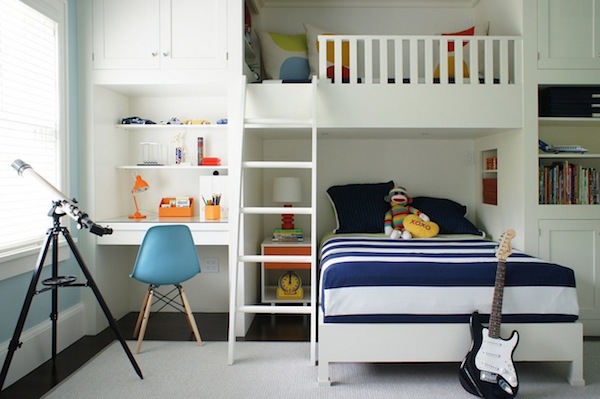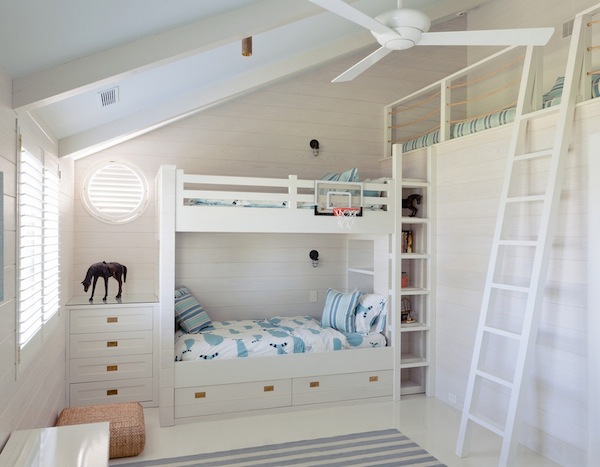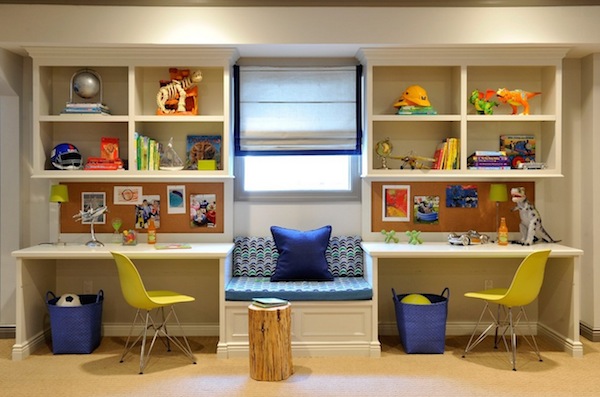
How to Stage Kids’ Rooms for Family Buyer Appeal
September 23, 2015Some buyers tend to focus on the master bedroom when staging and forget about the kids’ rooms. However, this can work against them especially if they are targeting buyers with families. Families usually give priority to kids’ rooms and may not consider a house if it has dull and unappealing bedrooms. Here’s how your sellers can stage their kids’ rooms.

Make Kids’ Rooms Appeal to Potential Buyers
Make Kids’ Rooms Feel Playful
Kids’ rooms are usually filled with all manner of things. They have toys, books, games, furniture, and much more. It can be hard to stage them especially if they still have little occupants. Advise sellers to start the staging process by removing excess clutter from the rooms. They should get rid of any unnecessary toys, furniture, and accessories to create the illusion of space. Buyers usually want spacious rooms that can accommodate furniture and personal belongings comfortably. They are easily attracted to rooms that look roomy and livable.
If your clients have several children, tell them to keep only 1 box of toys per child. Ensure the toys they keep aren’t things like Lego or Play-Doh which are not easy to clean up hurriedly for a last-minute showing. Soft toys are also not advisable as they can easily create a mess.
Create a Theme
Sellers can never go wrong with themed rooms as parents love them. There are many themes to choose from including cartoon characters, popular sports, and video games. Advise sellers to focus on creating a neutral atmosphere so as not to alienate some buyers by making the rooms feel one-sided. They should stage with the intention of attracting the masses. Their children will enjoy staying in the rooms during the selling process and buyers will be drawn to the customized looks which offer a wonderful experience to their children.

Ensure natural lights envelopes the room
Let Natural Light In
Natural light enhances the beauty of a room. Dark rooms are uninviting and unappealing to both children and parents. Homeowners can use bright and cheery window treatments to let in natural light. They can paint rooms devoid of windows bright hues like orange, yellow, blues, or light greens. Artificial light can also be used to enhance rooms. Lamps, wall sconces, and overhead lights make spaces look stunning at night.
Gain Inspiration for Kids’ Rooms
Inspiration comes in many forms. Sellers can browse magazines, surf the internet, or watch TV to get ideas on how to stage their kids’ rooms. Home furnishing programs, magazines, blogs, and model homes in neighborhoods are the best sources for staging ideas. Advise homeowners to visit model homes in their localities to see the new trends in interior design.
De-personalize
Bedrooms are extremely personal hence sellers should stage them in a way that makes buyers feel comfortable picturing themselves in the space. They should remove their kids’ wall drawings, posters, photos, doll collections, religious items, and personal art. The items may have sentimental value to them, but they are of no value to potential buyers.
Provide Ample Storage
Buyers are always looking for bedrooms with extra storage. Tell sellers to use only half of their storage and keep drawers and closets neat and organized. They should store out of season clothes and remove items that are not meant to be in the space. They should also clear items stored under beds as buyers will assume that there isn’t enough space.
Many new buyers have families and look for homes with beautiful bedrooms for their kids. They prioritize those rooms because that’s where their children will spend most of their time. Advise sellers to stage their kids’ rooms with kids in mind to ensure they appeal to the next children who will move into the space.
For more home staging tips on iHouse blog check in regularly!

By Ronique Gibson
Ronique Gibson is an Associate Architect and a LEED Accredited Professional, who has been in the design industry for over 13 years. She started her design blog in 2009 and today it has become a premier destination for helping homeowners with everyday lifestyle challenges. Her readers check in daily for help with their homes, DIY project ideas, recipes, crafts, and inspiration to beautify and enjoy their homes.

